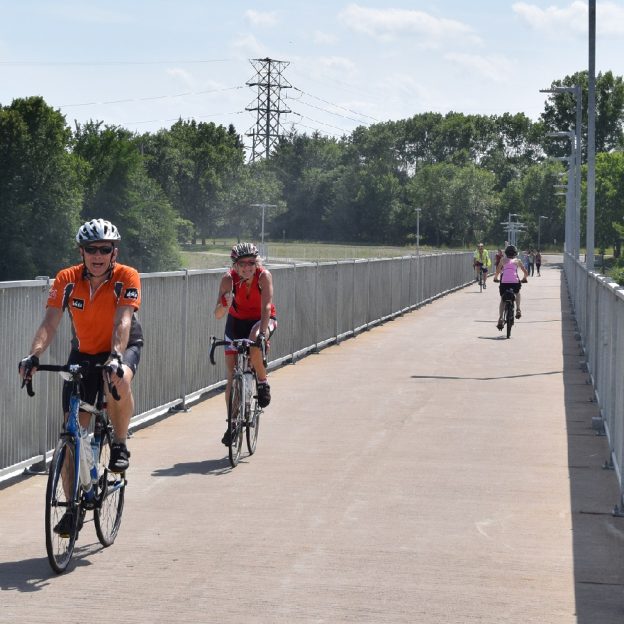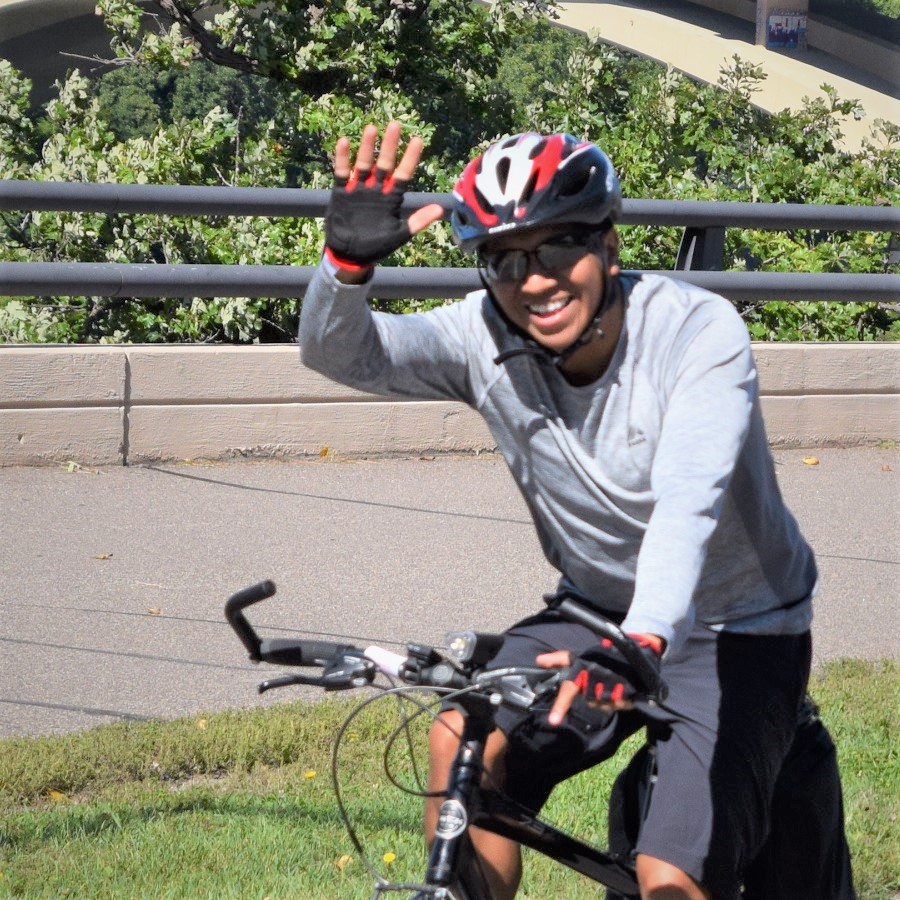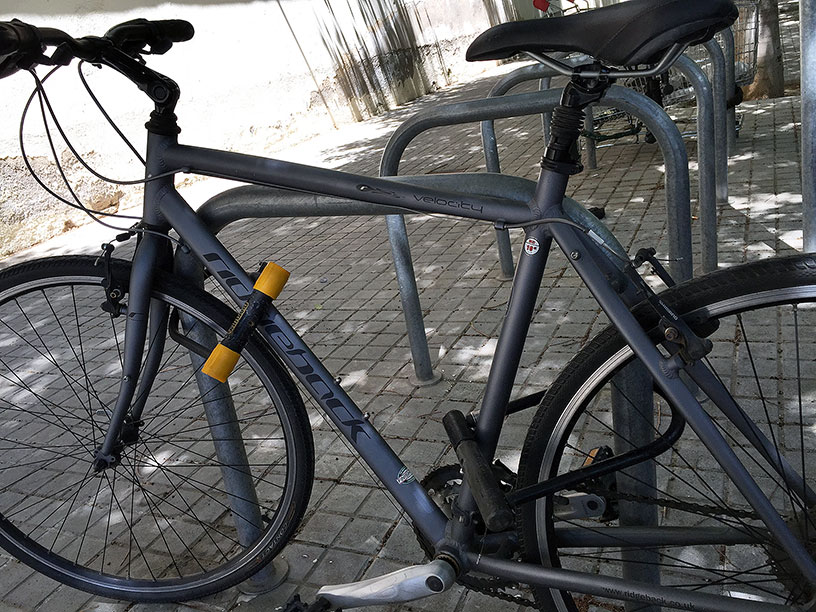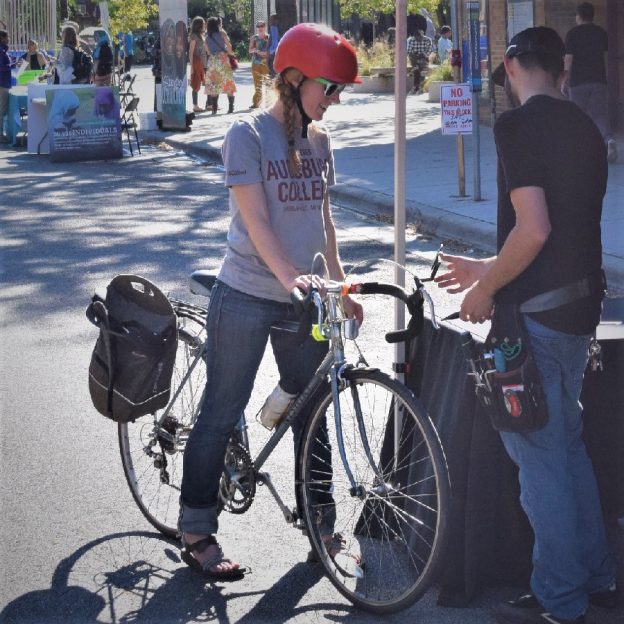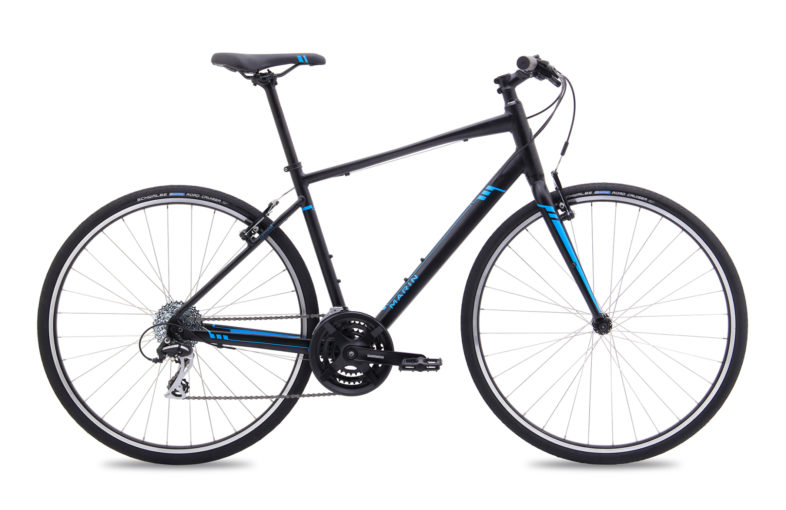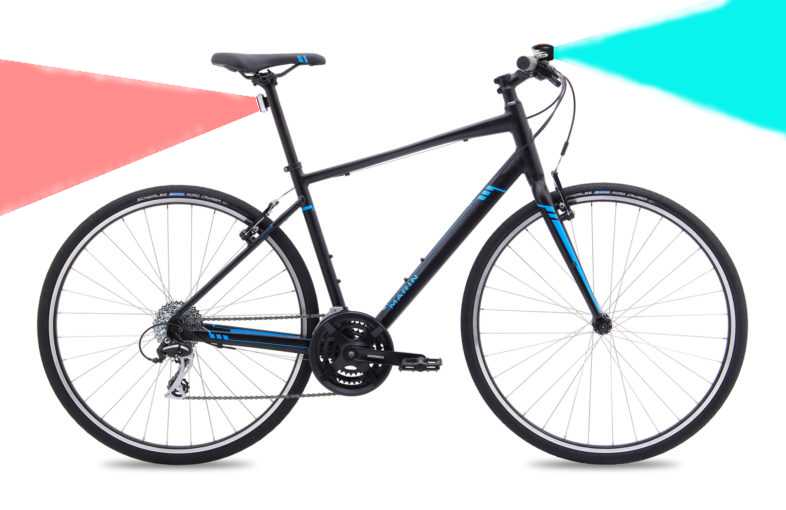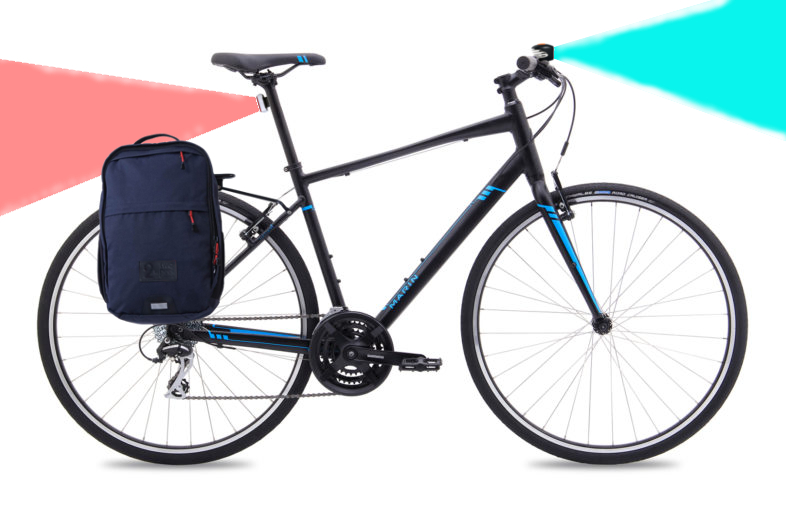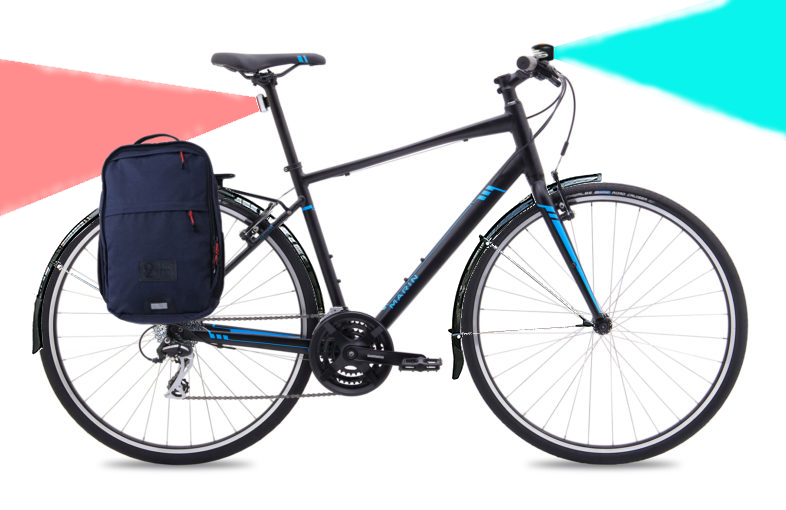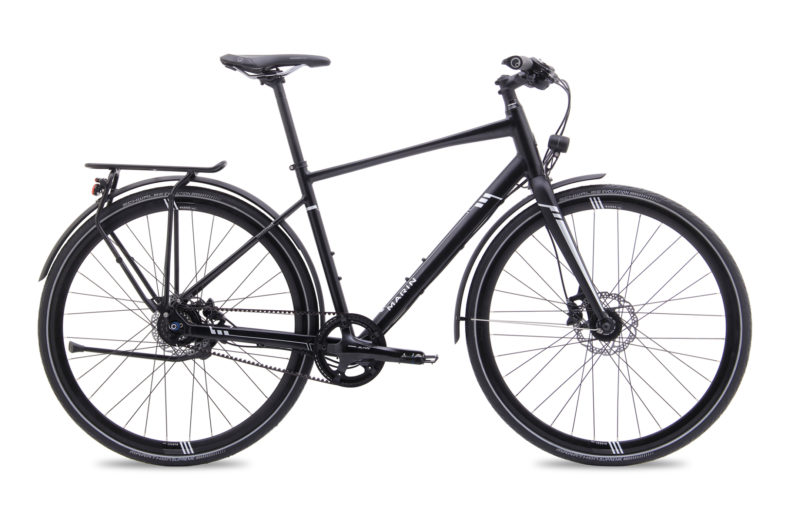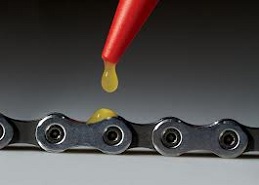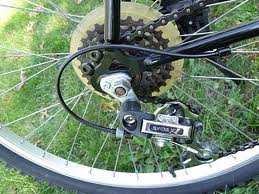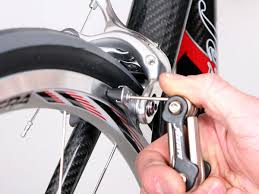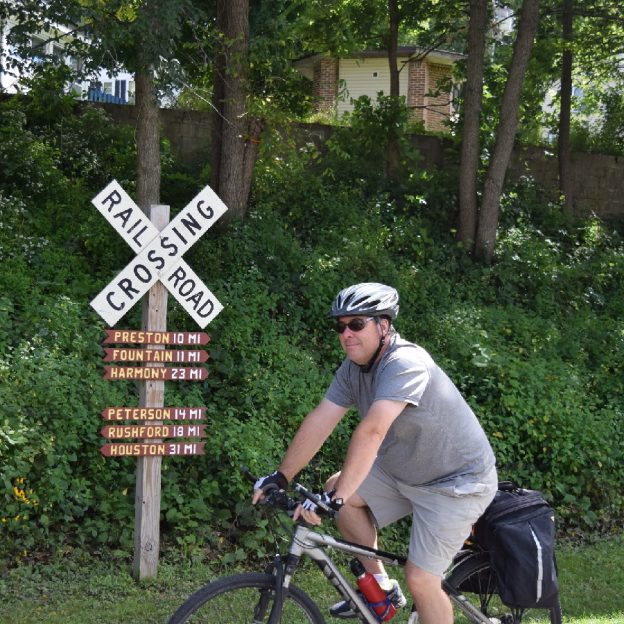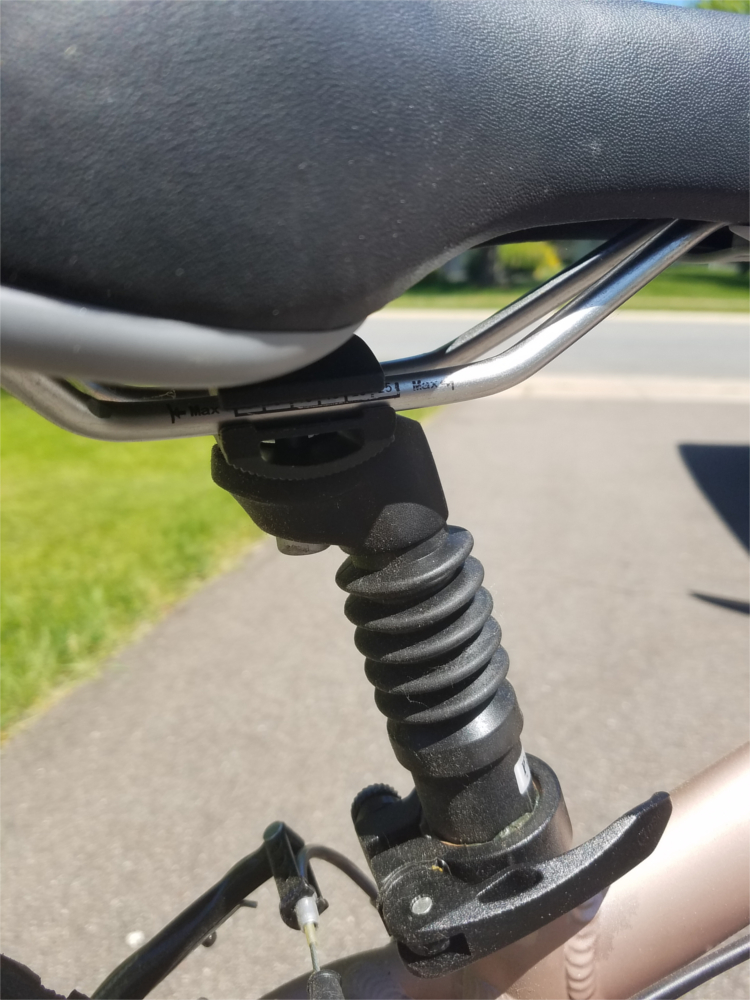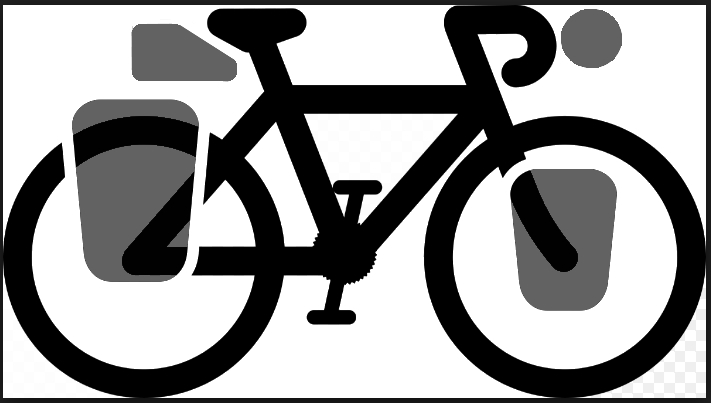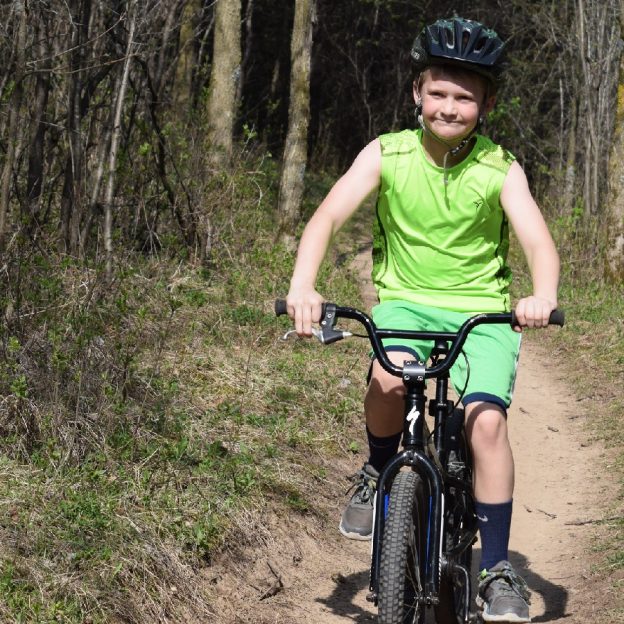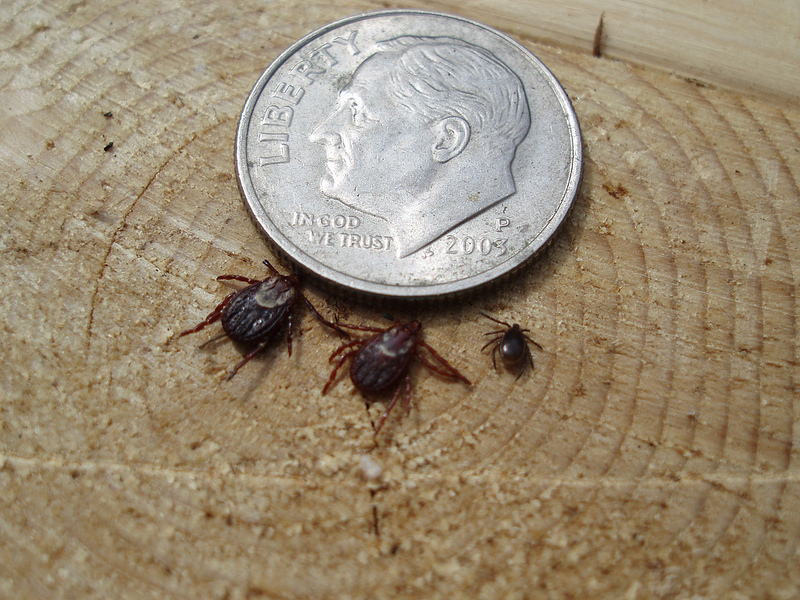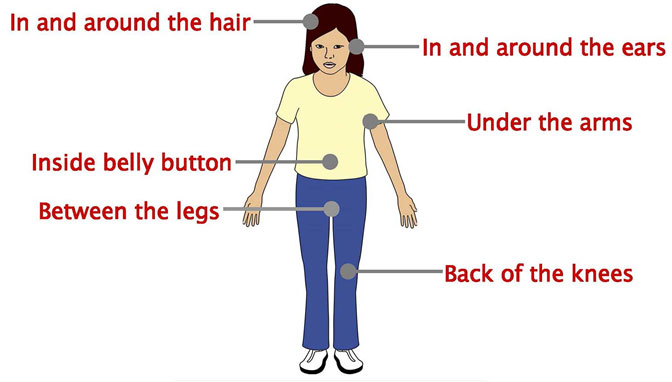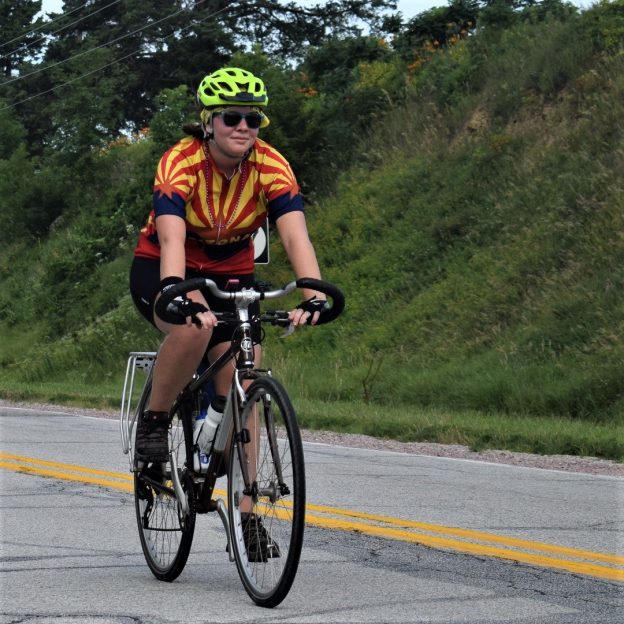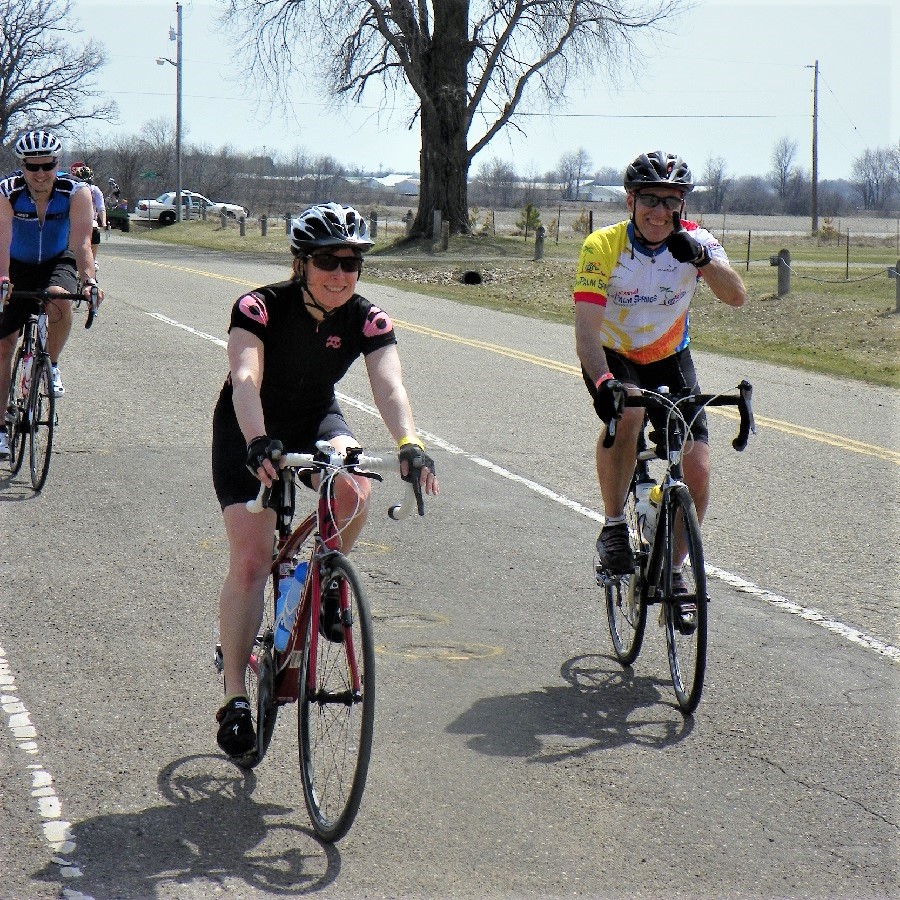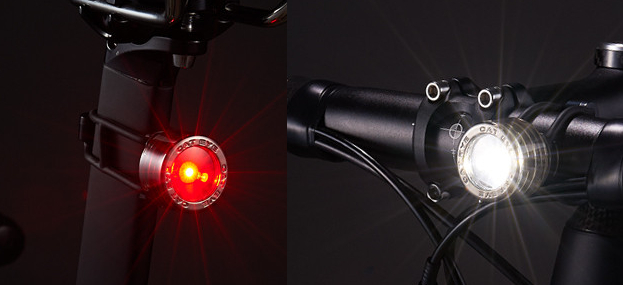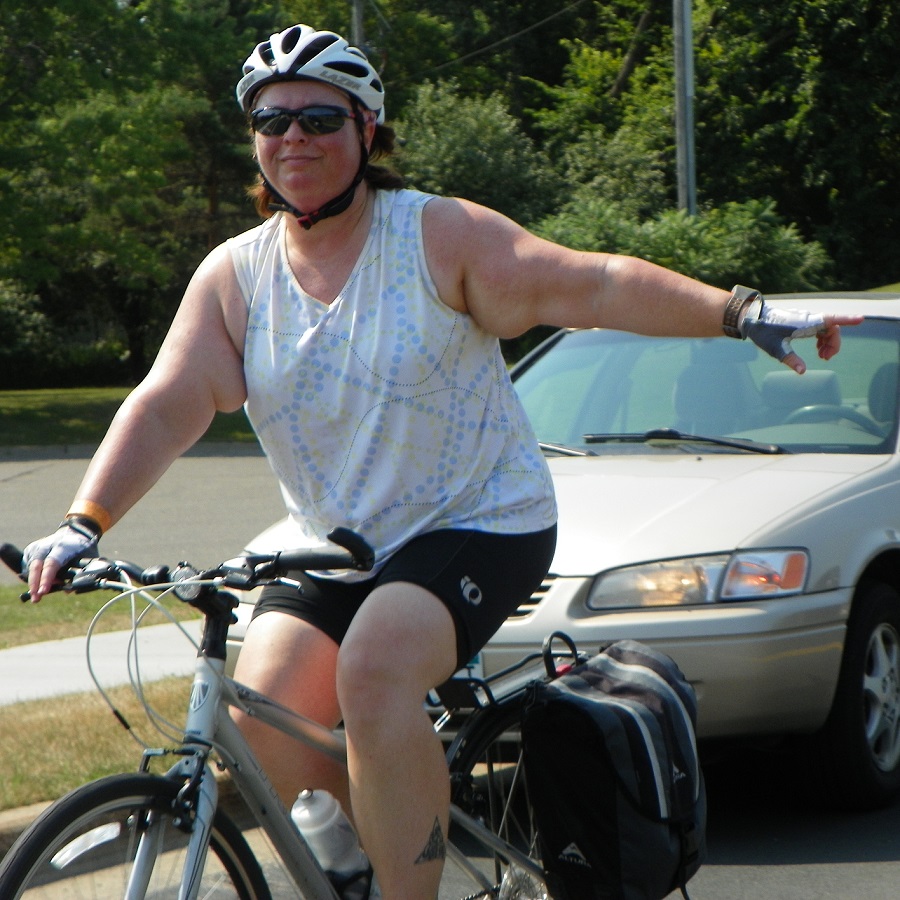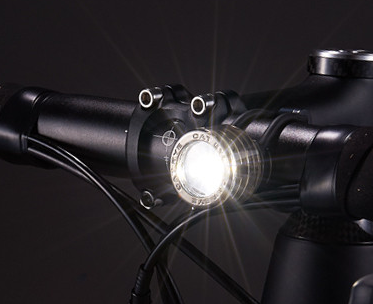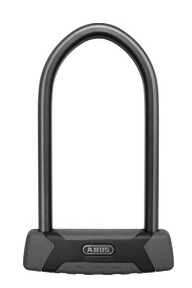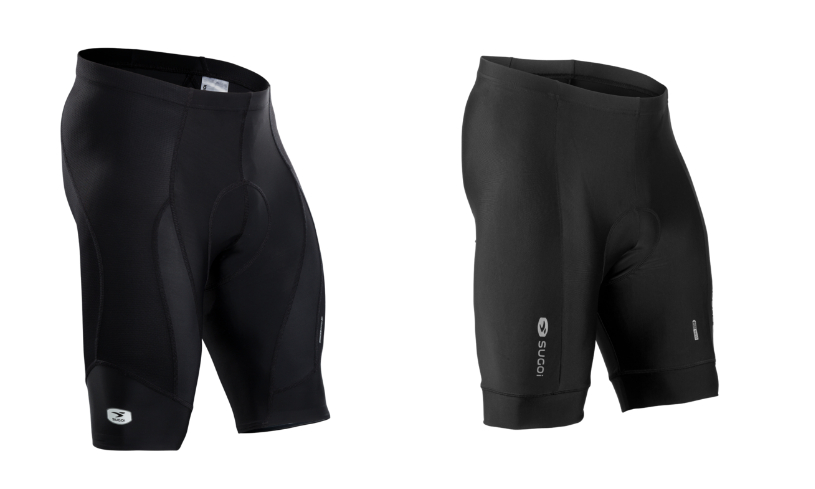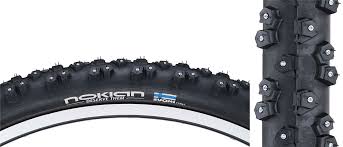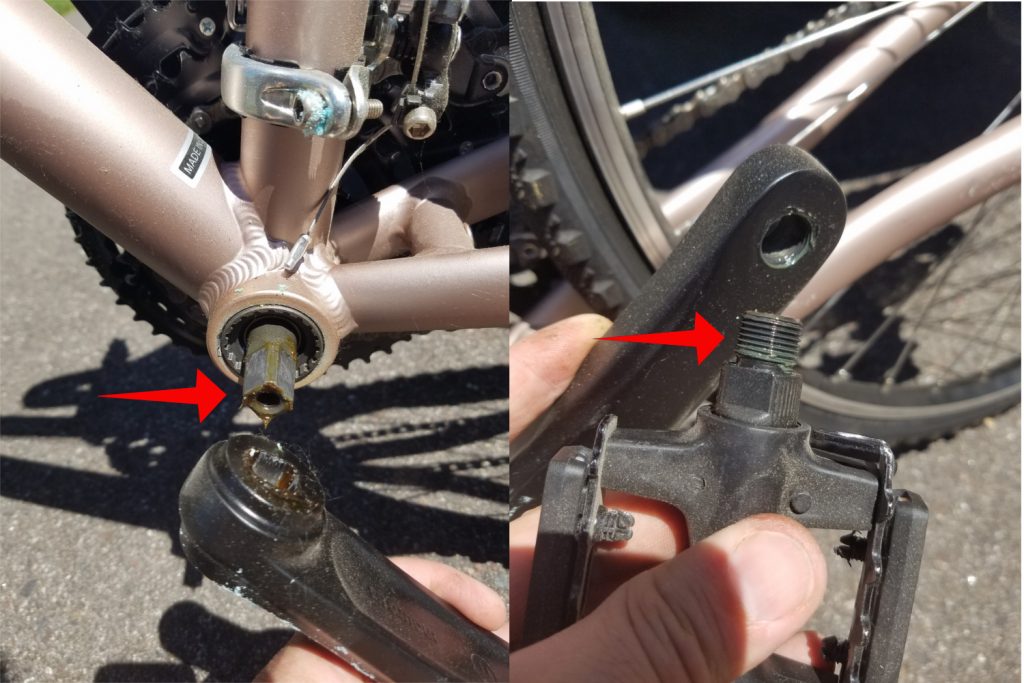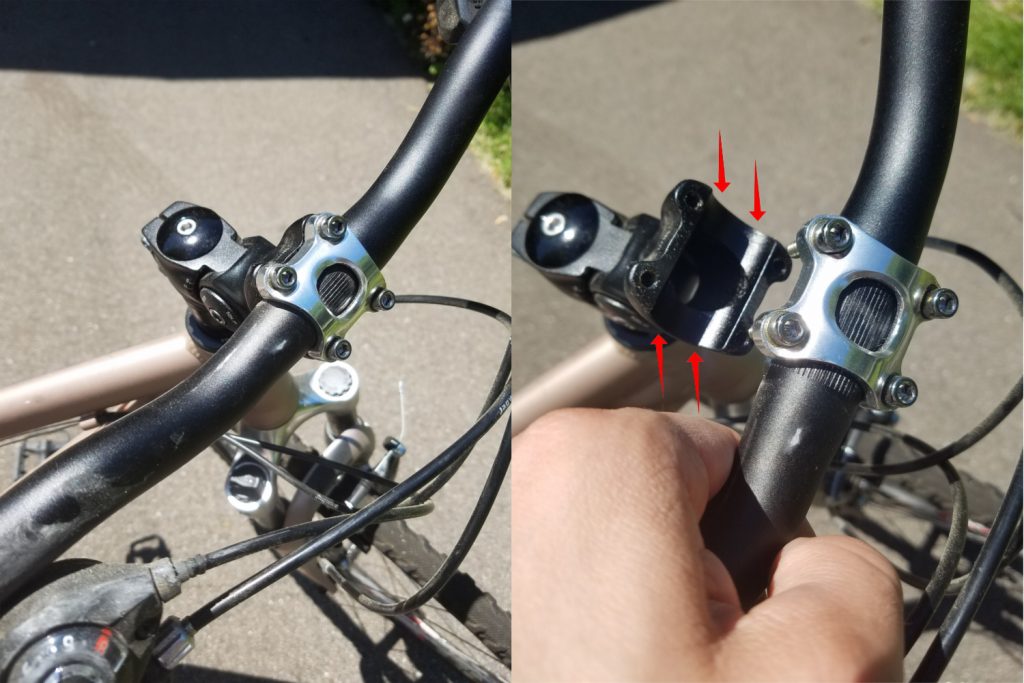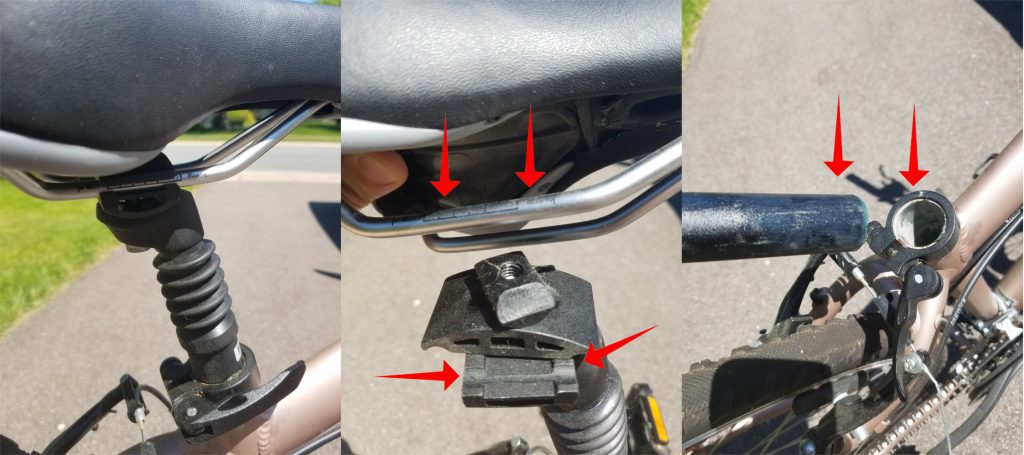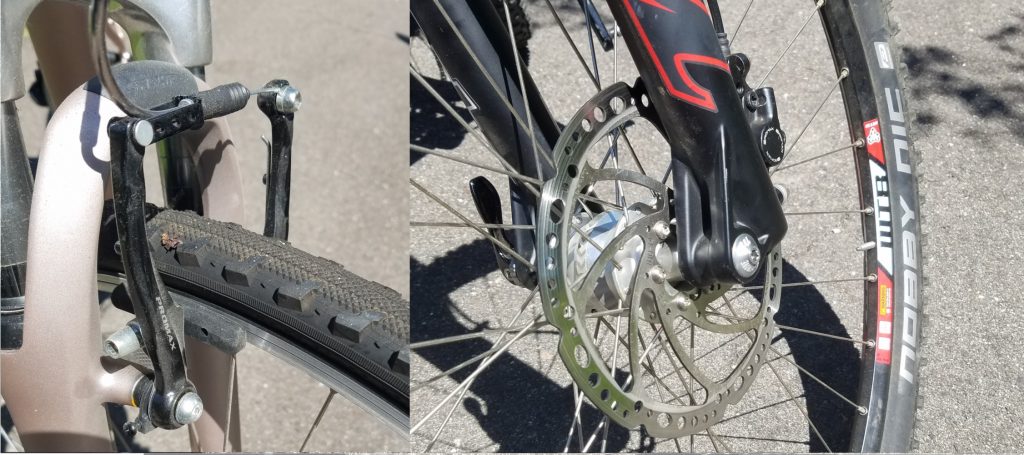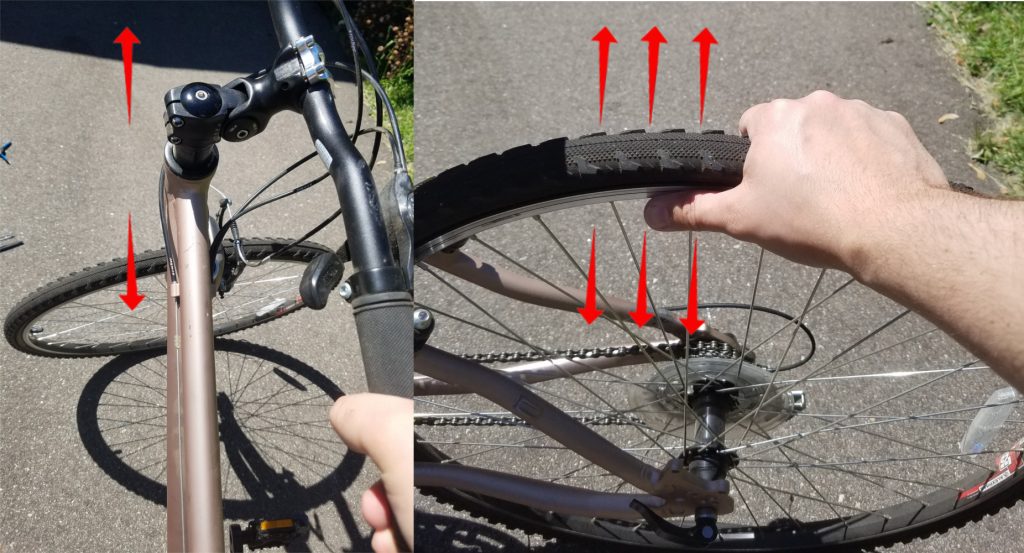By John Brown
Now that summer is progressing, allowing more fun in the sun, let’s plan a bike trip adventure. As hundreds of people flock to the lakes and local pools to cool down, many, like myself, will find refreshing the soul on two wheels the best way to go. Please take a look below at how I plan an enjoyable bike trip through the summer.
A Short Bike Trip
Just because you are limited on time doesn’t mean you must miss out on riding your bike. You can have fun right around your neighborhood! I have found that a great way to plan a short ride is first to determine a destination point. That destination can be an ice cream parlor, a road you have driven down but never seen up close, or a nearby water park. Once you pick your destination, try to link in some sections of a bike path, rail trail, or some quiet back streets or road, even though they may not be the most direct route to your destination. After you pick a destination and a route, the rest of the planned excursion tends to materialize quickly.
What To Bring Along
For a short trip, pack water and the tools to fix a flat. These rides usually only last an hour or so but can greatly improve your peace of mind.
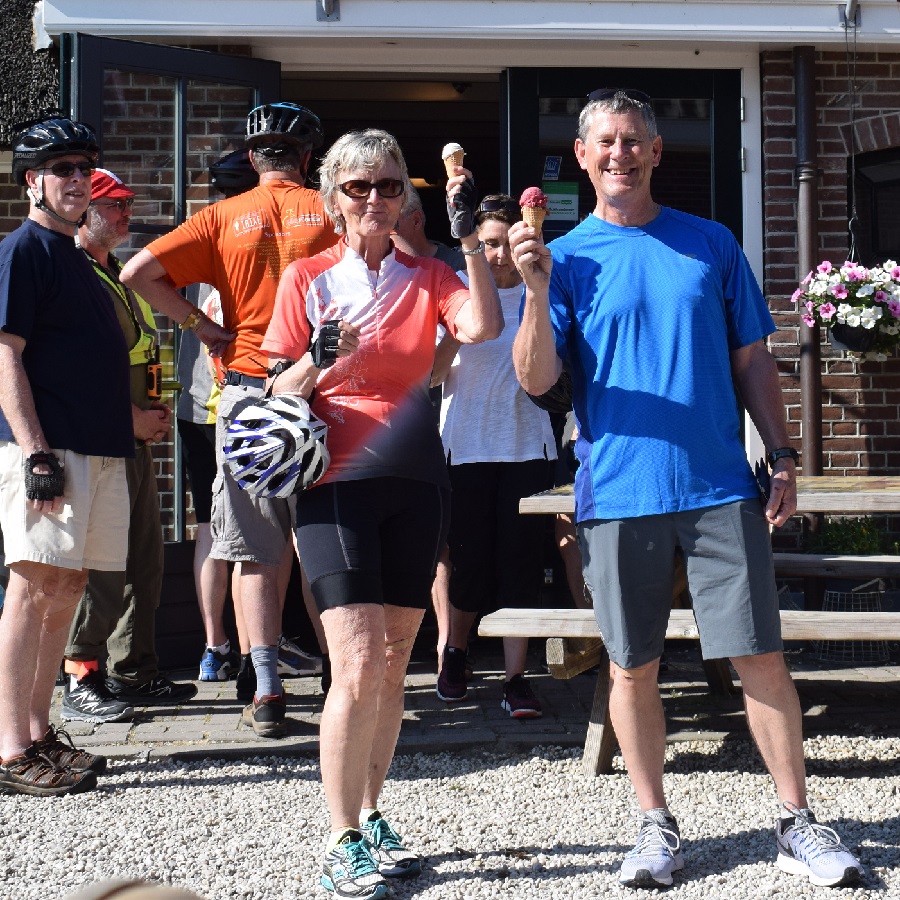
Ice cream is always a great mid-ride snack, whether it’s a long or short bike trip.
A Long Bike Trip
A longer bike trip requires more planning, though it follows the same order. Pick your destination with several attractions or points of interest close to one another. Then, add some bike-friendly routes, and the rest of the planned bike trip will materialize. On longer trips, it is also important to make sure your bike is working well. Lube the chain, adjust the brakes, check your fit, or drop it off at your local shop for service at least two weeks before you plan to depart.
For longer trips, I like to employ guidebooks (Like our Minnesota Bike/Hike Guide) to find the best places to ride. Once you determine the location, contact local businesses like bike shops, hotels, business associations, or tourism boards to see more details about the area. As I mentioned, a bike guide is a great place to start planning and contact the local tourism bureau. Bike paths and trails have become a popular attraction for most towns. The visitor centers we list are happy to discuss their bike-friendly amenities and usually have the most up-to-date information. Also, use software programs like Ride with GPS, Map My Ride, and Strava for more route ideas.
Packing For A Longer Trip
Packing for a long trip is more involved than what a short trip requires typically. If you are driving a long distance or flying to get to the ride, you don’t want poor weather to keep you off your bike – so pack for the worst! For example, I once did a 24-hour long mountain bike race in West Virginia in July, and while the race started under sunny skies at 95 degrees, it was snowing on the top of the mountain that night. Please look at our comprehensive bike trip list for all the items you may be forgetting.
Bike safety
A great bike trip is a safe bike trip. There is no more important part of bike safety than a bicycle helmet that fits. While crashes are uncommon, they happen, and a helmet is the best way to protect yourself from severe damage. Besides the helmet, practice riding safely with hand signals, situational awareness, and limited distractions to keep you out of trouble. If you are on a family trip, it’s also important to talk to your kids about bike riding safety.
Bring The Bike Lock
If your ride involves time-stopping, maybe at a restaurant or ice cream parlor, lock your bike securely. Follow these three rules when locking your bike. One, Lock it to something secure. If the bike rack or a signpost you plan to lock your bike to isn’t safe, you are making a would-be bike thief’s job easier. Two, Lock the frame and at least one wheel of your bike. Locking just a rear or front wheel makes it easy for someone to walk away with the rest of your bike. Three, Lock your bike in a well-trafficked area. Bike thieves will be less likely to try to take your bike with witnesses around.
It’s All About The Fun
The most important part about making a bike trip memorable is having fun. We all have days that start late, roads that get closed, out-of-the-blue downpours, and generally, stuff that happens. Remember that the bike trip is all about the ride, not necessarily the destination, so enjoy your time in the saddle.
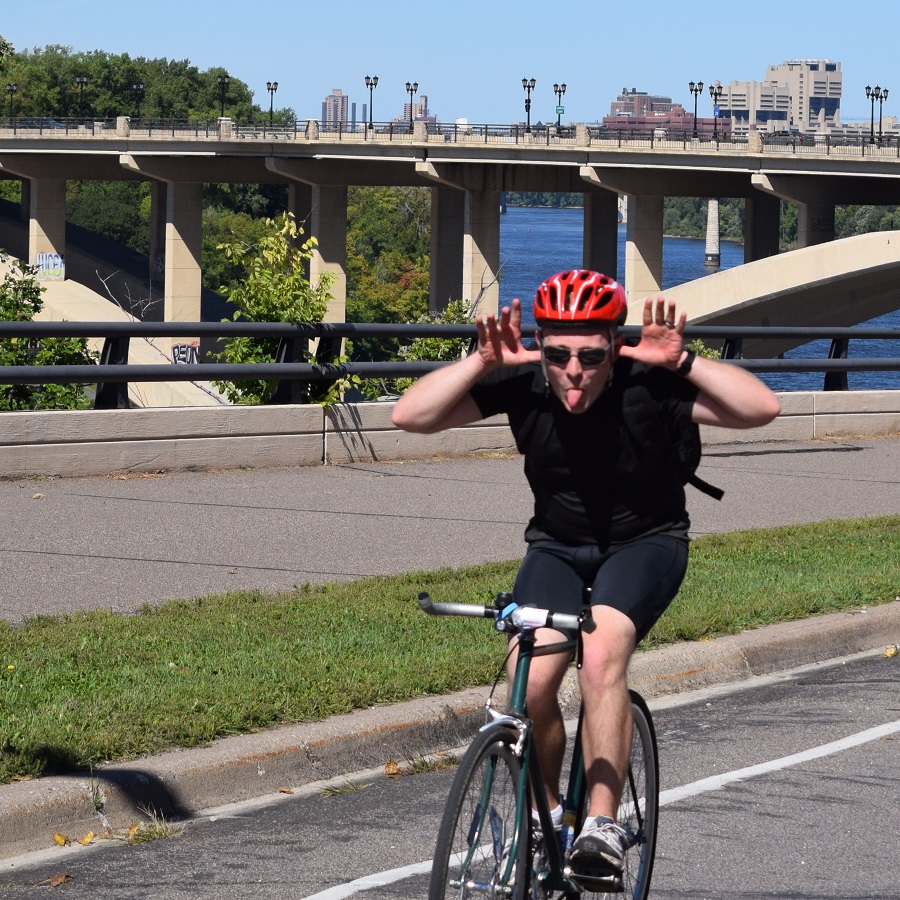
Always keep it fun!
